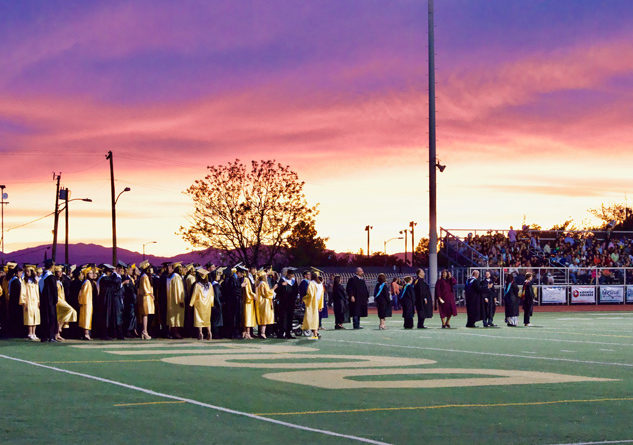Andrew Simon
When business owners investigate the future and see big changes coming that will impact their revenue stream, they adapt new strategies, or their businesses die. Higher education in the United States now faces that same challenge as enrollments of the traditional 18 to 23-year-old students continue to decline.
“Higher education is headed for a major sea change and the only colleges and universities that will survive will be those that adapt aggressive strategies to address those changes now,” says Andrew Simon, a partner in Simon Associate Management Consultants (www.simonassociates.net). “The higher education model of the last 50 years is about to become obsolete.”
Simon, who has performed strategic work for higher learning institutions, says one of the major reasons for the coming realignment is the disconnect between schools and workplaces.
“Colleges seem to have a built-in bias against the needs of industry,” says Simon. ‘The college administrations and faculty of many institutions of higher learning appear to have a reluctance to understand what their students will need to succeed after they leave the university.
Employers say that sending students out with the technical skills is not enough. Students entering the workforce need people skills. They need to communicate, coordinate, collaborate and creatively solve problems, says Simon.
The demographics among traditional college age students suggest that the demand for higher education has peaked. The next generation will have fewer college students, Simon says, and those that do go to college will encounter escalating expenses. Consequently, they are going to pay more attention to their return on investment. “Work or career readiness” will be key.
Simon notes that these are the changes that the colleges of the future are going to have to face:
- Adult learners will be the new key to survival. The need for lifelong learning will continue to increase while there will be a drop in the number of traditional students who enter college right after high school. Adult learners will need new (people) skills and new organizational models.
- Women are outnumbering men. This trend will continue into the future.
- There will be more Latinos and African Americans attending college.
- Sacred norms will be challenged. Traditional colleges are going to have to re-examine their business model, their tenured faculty, their dependence on adjuncts, and the role of classrooms as the prefered method of delivery. Other long held traditional beliefs will also be challenged.
- Future students will examine more closely return on investment (ROI). As the costs of higher education continuing to rise, the ROI may not justify the expense unless something dramatic begins to transform that college experience, so it becomes more relevant for the needs of the workplace.
“In order to survive,” Simon says, “institutions of higher learning are going to have to become more integrated with employers because students will be more motivated to get an education that helps them be thoroughly prepared for their career.”






